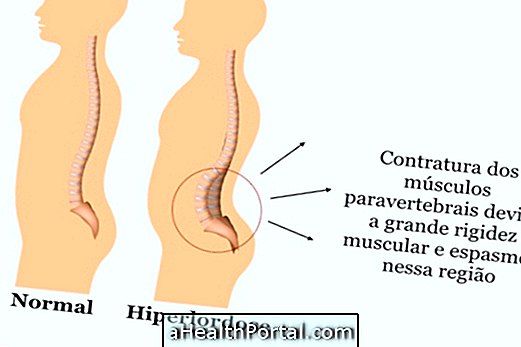Operational memory, also known as working memory, corresponds to the brain's ability to assimilate information as we perform certain tasks. It is due to operational memory that it is possible to remember the name of someone we meet on the street or dial the phone number, for example, since it is responsible for storing and organizing information, whether recent or old.
Operational memory is critical to the learning process, language comprehension, logical reasoning and problem solving, in addition to being essential for better development in work and studies.

Main features
Operational memory does not have the capacity to assimilate all information and therefore develops strategies to absorb as much information as possible. Thus, the main features of operational memory are:
- It has limited capacity, that is, it selects the most important information for the person and ignores what is irrelevant, which is called selective attention - Learn more about selective attention;
- It is active, that is, it has the capacity to capture new information at any given moment;
- It has associative and integrative capacity, in which new information can be correlated with old information.
Understanding the logical sequence of a movie is only possible due to operational memory, for example. This type of memory processes both information in short-term memory that is stored for a short time, such as long-term memory information that can be stored throughout a lifetime.
People who have functional memory disorders may have learning problems such as dyslexia, attention deficit, hyperactivity, and language development problems. Learn what can cause memory loss.
How to improve operational memory
Operational memory can be stimulated through cognitive exercises such as sudoku, memory game or puzzle. These exercises improve memory performance, as well as regain focus and concentration to perform day-to-day tasks. See what exercises to improve memory and concentration.




















